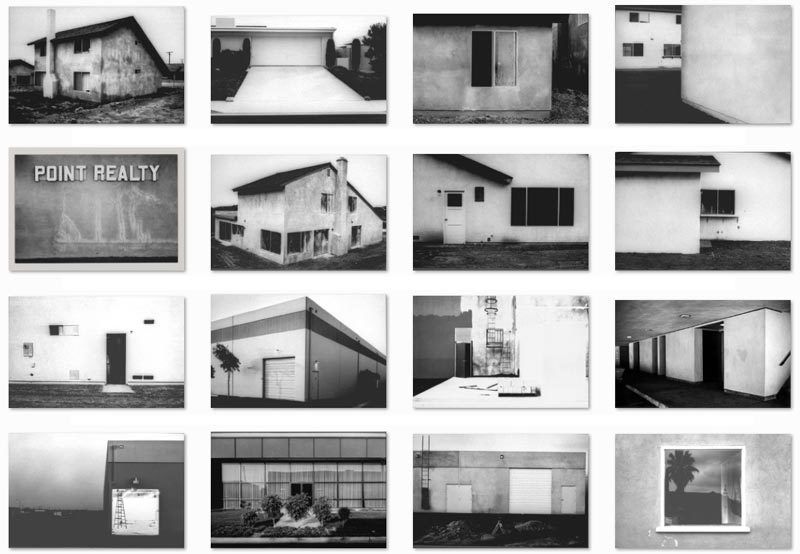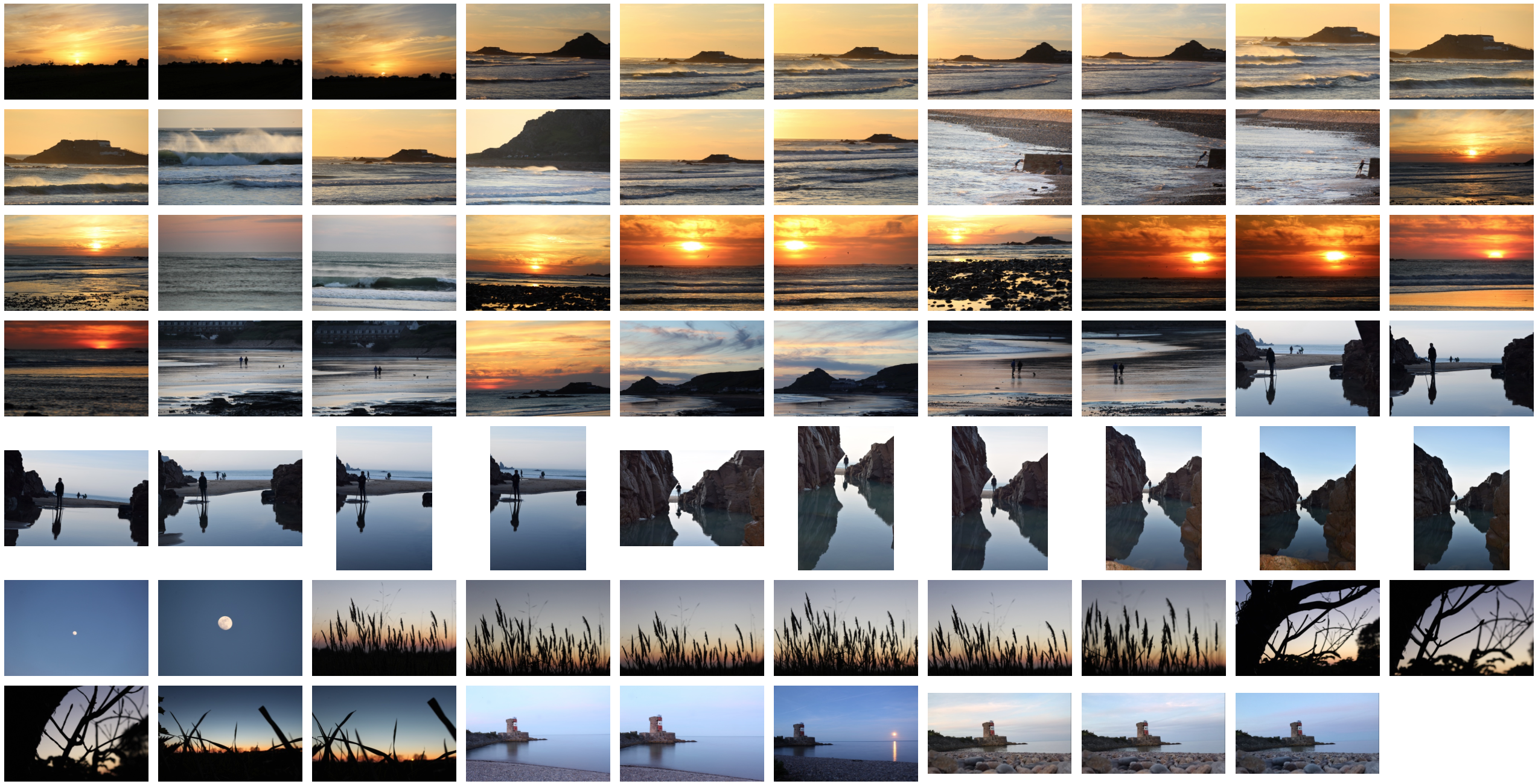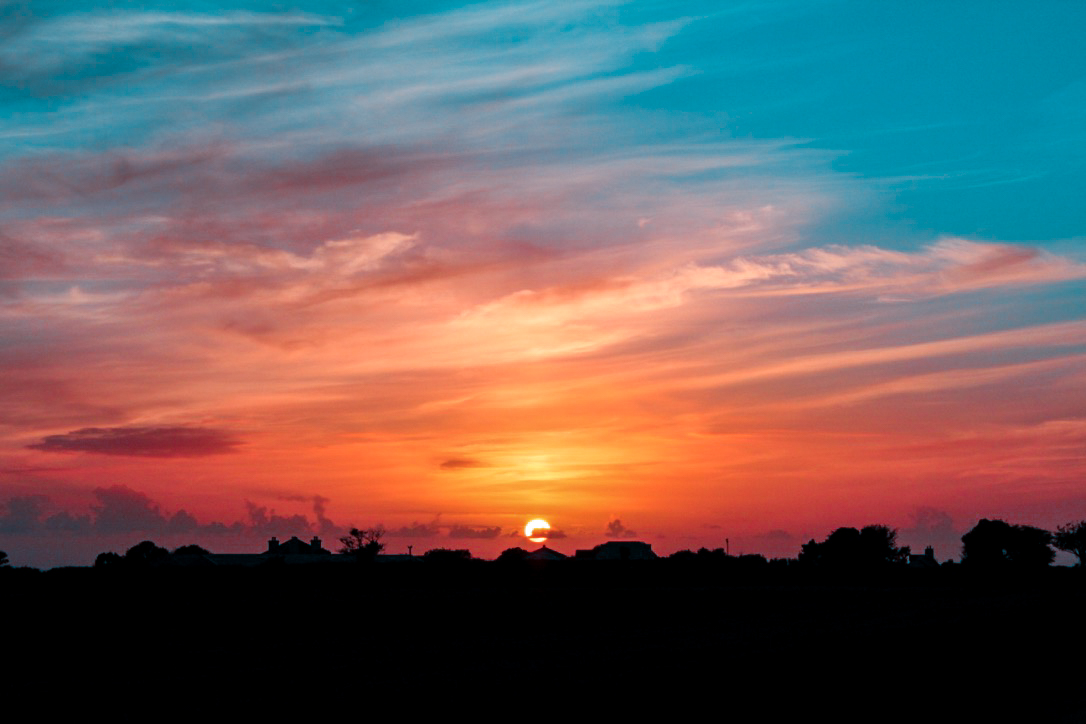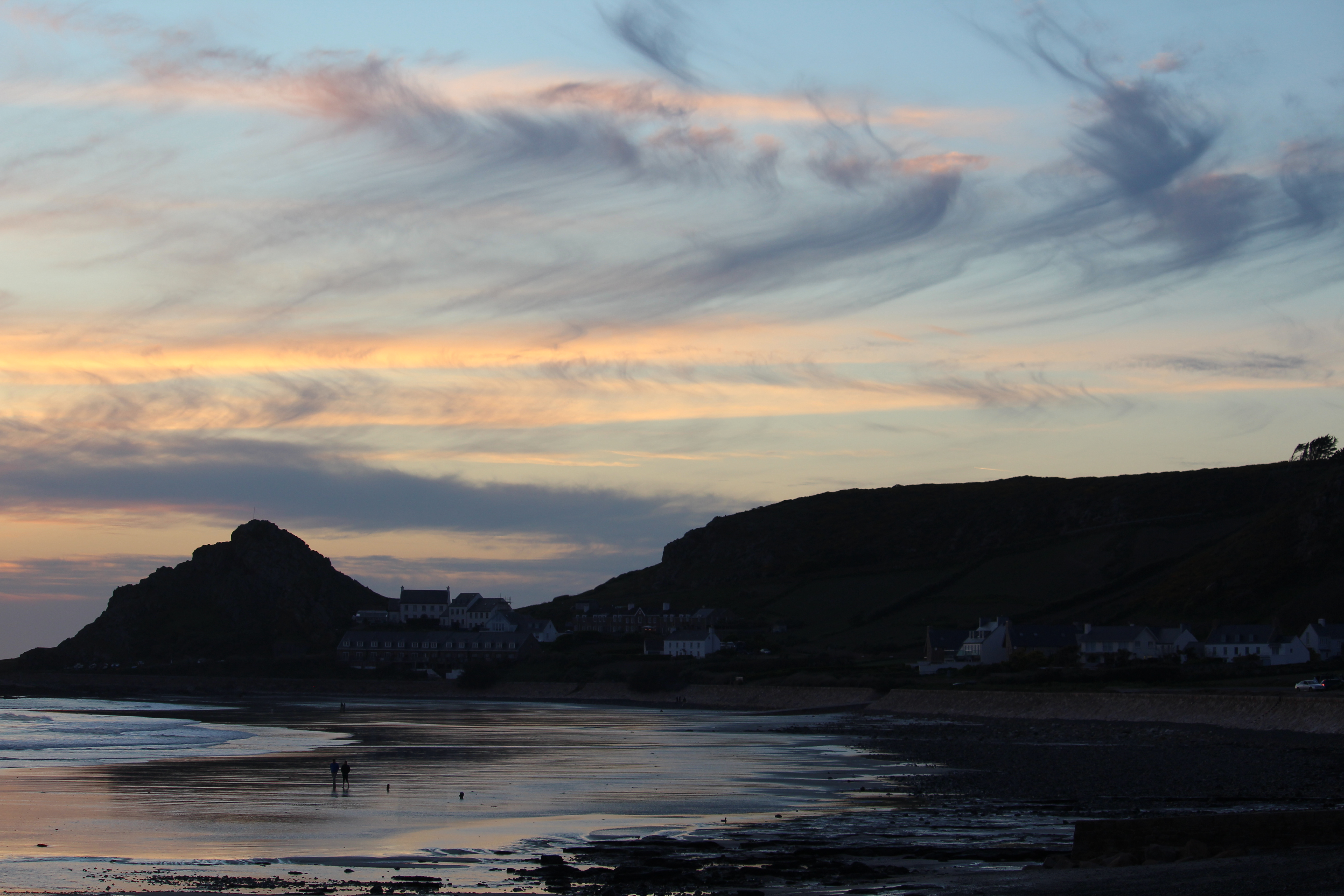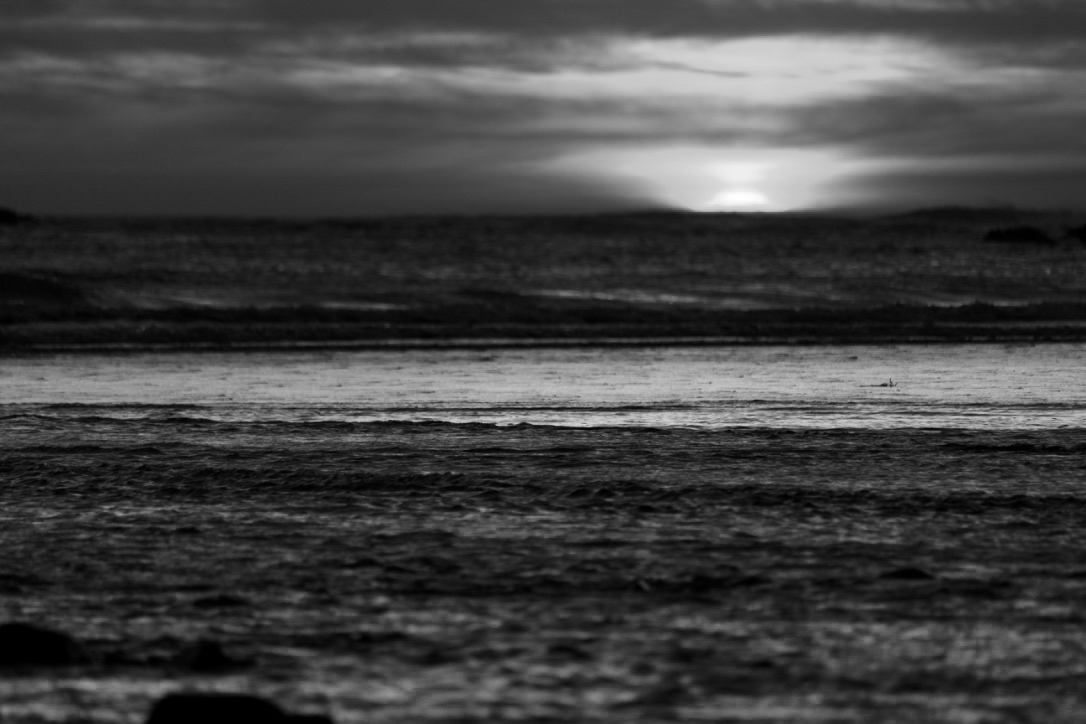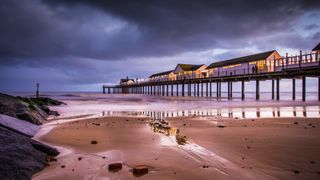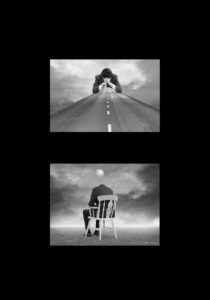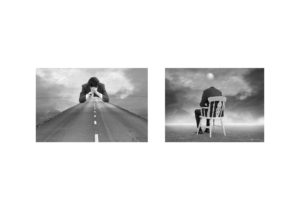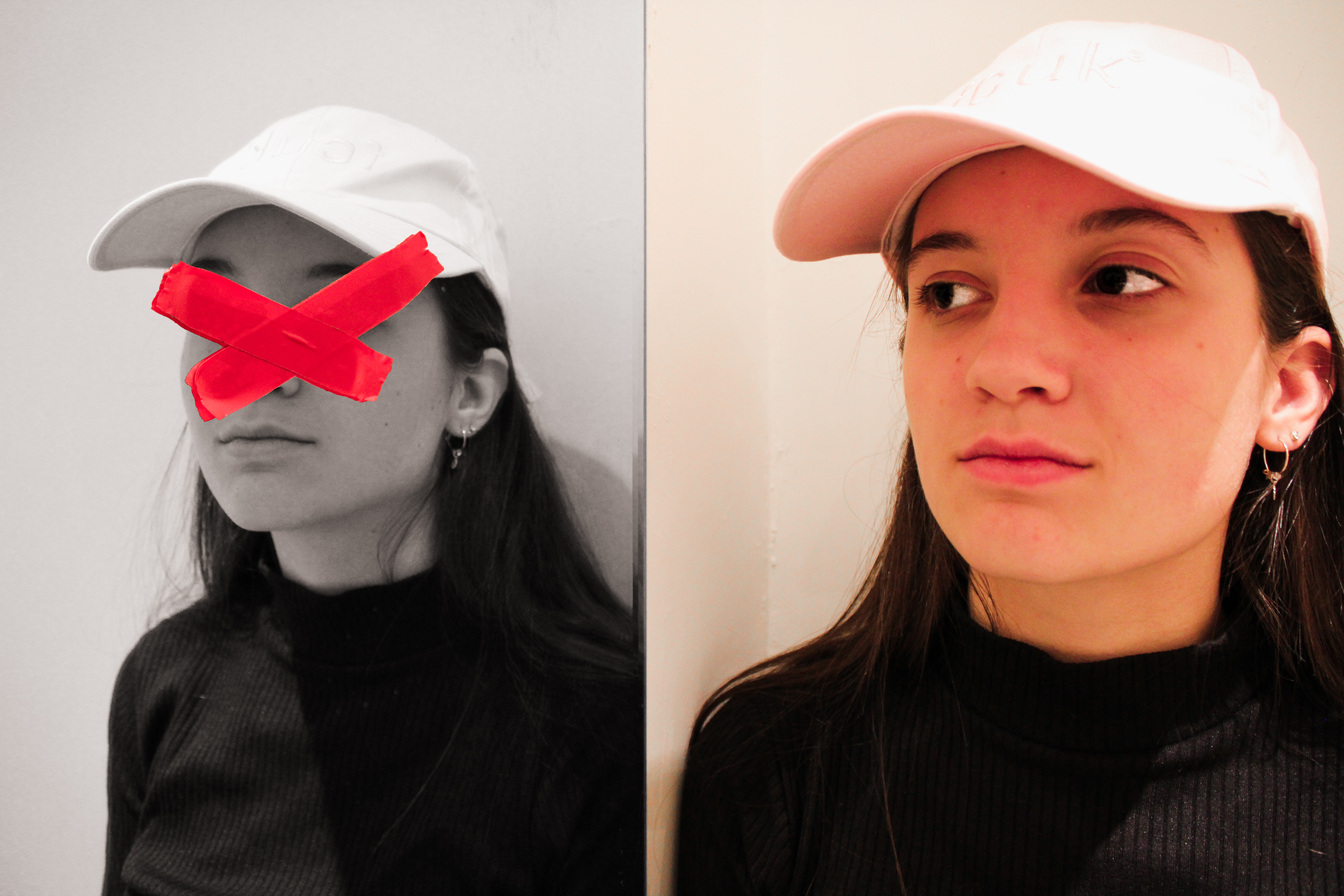Tommy Ingberg
Tommy Ingberg is a photographer and visual artist, born 1980 in Sweden. He works with photography and digital image editing, creating minimalistic and self-reflecting surreal photo montages dealing with human nature, feelings and thoughts.
Tommy leaves the interpretation of his work up to the viewer but says, “For me, surrealism is about trying to explain something abstract like a feeling or a thought, expressing the subconscious with a picture. For my work I use my own inner life, thoughts and feelings as seeds to my pictures. In that sense the work is very personal, almost like a visual diary. Despite this subjectiveness in the process I hope that the work can engage the viewer in her or his own terms. I want the viewers to produce their own questions and answers when looking at the pictures, my own interpretations are really irrelevant in this context. “
Tommy Ingbergs main focus are people and the atmosphere/feeling that relates to the them. He portrays these feelings through his work by focusing on mainly on dark, saddening and depressing moods to reflect this idea of loss of identity. The running theme throughout Tommy Ingbergs pictures are that they are all in black and white which to me suggests a sense of depression and sadness. I chose to study Tommy Ingbergs work because not only does he create extraordinary surreal illusions but the deep meanings and stories which are told through his pictures really influenced me.
The Photographers Photos



Photo Analysis

I like this photo due to the emotion and story it creates and tells us. The photo clearly tells us that a person wants to escape the place in which they live in however there is something stopping them. The lighting helps to create this sense of imprisonment. The dark clouds are in front of the man as if he is heading into a darker place and putting himself into a bad situation and the bright clouds which suggest goodness are behind him indicating he is drifting away from what’s good in his life. This photo uses the technique of leading lines within the rope leading us up the body to the balloons which is trying to pull the man away from his life on earth. This photo is in black and white which I think helps to add to the dark and depressing atmosphere.
Photoshoot Plan
Genre / Artist – Surrealism, Tommy Ingberg
Concept – Loss of identity
Location – Street, beach, cliff paths
Props – Top hat, suit, models
Shot type – Portrait
Lighting – Natural
Settings – Portrait/landscape
Contact Sheet
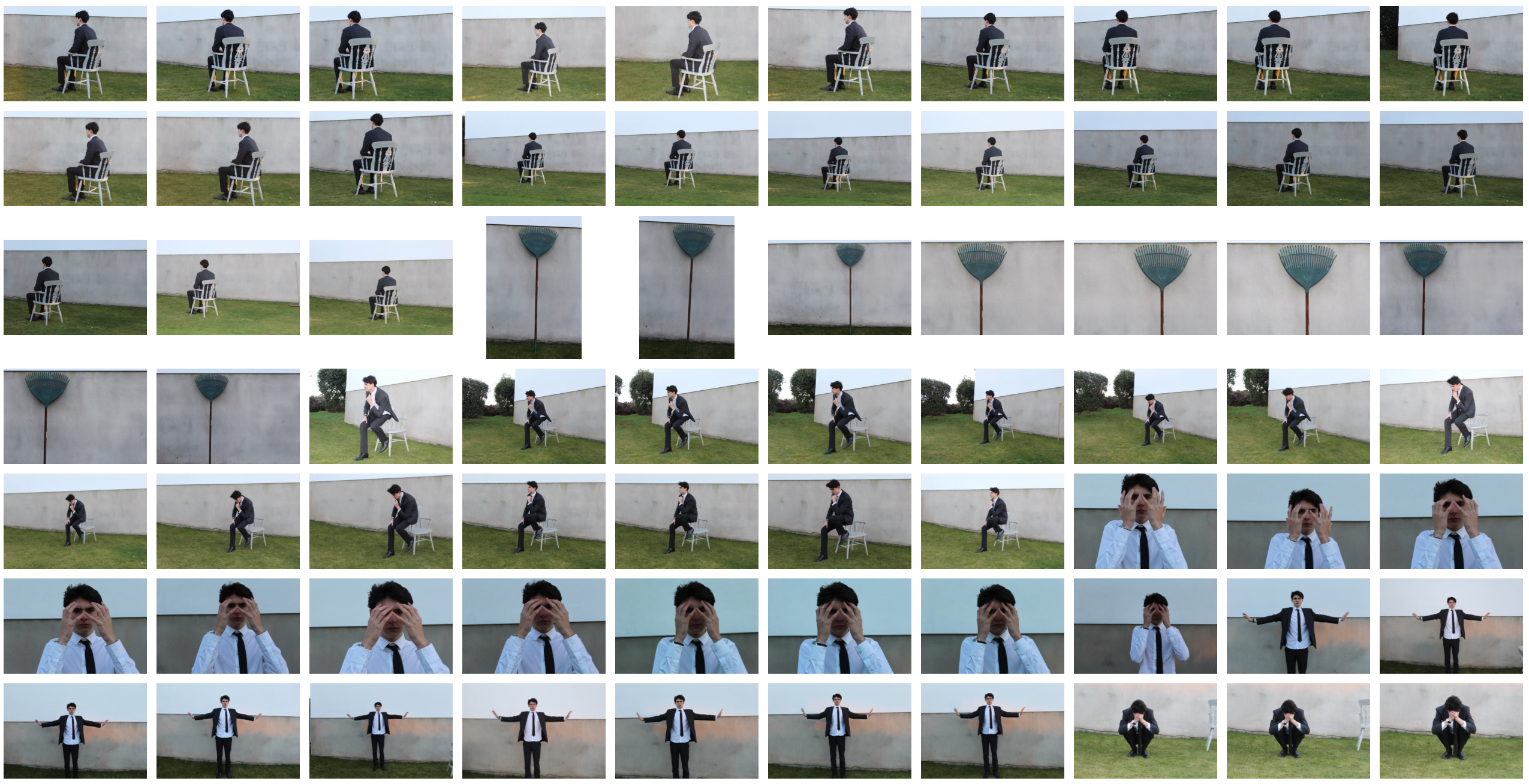

My Edits




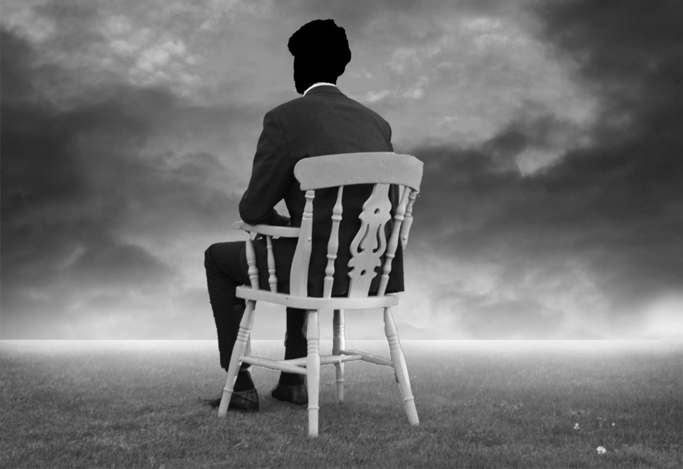
Favorite Edit
 I believe this edit has turned out the most effective out of all my Tommy Ingberg inspired images. I think this is mostly due to the composition and use of leading lines to draw attention to the main subject in the distance. The road is used to lead the viewer through the picture as if they are on the journey that the model, at the end of the road, has taken in life. The road is clearly darker towards the start and then lighter as we progress further down it. I have deliberately created this effect to symbolize how the models life has or will improve despite the bad place in which he currently is in. This lighter part of the road is highly contrasted with the model himself as his is giving off a stressed or frustrated feeling. This use of contrast can be associated with the difference in the persons life from now to then. All the three images which were used to construct this final edit consisted of different light intensities and colors. I think I achieved a well balanced lighting across the three images to ensure all the three elements of the picture look similar. I think an improvement to this image would be to align it to be more symmetrical as i have noticed that the white markings in the road are not quite in the middle.
I believe this edit has turned out the most effective out of all my Tommy Ingberg inspired images. I think this is mostly due to the composition and use of leading lines to draw attention to the main subject in the distance. The road is used to lead the viewer through the picture as if they are on the journey that the model, at the end of the road, has taken in life. The road is clearly darker towards the start and then lighter as we progress further down it. I have deliberately created this effect to symbolize how the models life has or will improve despite the bad place in which he currently is in. This lighter part of the road is highly contrasted with the model himself as his is giving off a stressed or frustrated feeling. This use of contrast can be associated with the difference in the persons life from now to then. All the three images which were used to construct this final edit consisted of different light intensities and colors. I think I achieved a well balanced lighting across the three images to ensure all the three elements of the picture look similar. I think an improvement to this image would be to align it to be more symmetrical as i have noticed that the white markings in the road are not quite in the middle.




